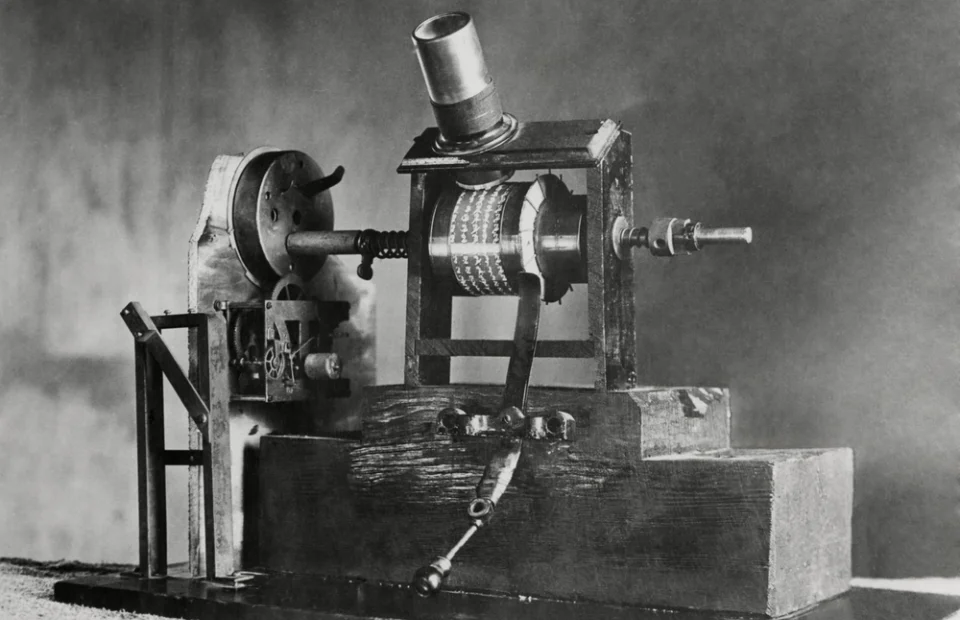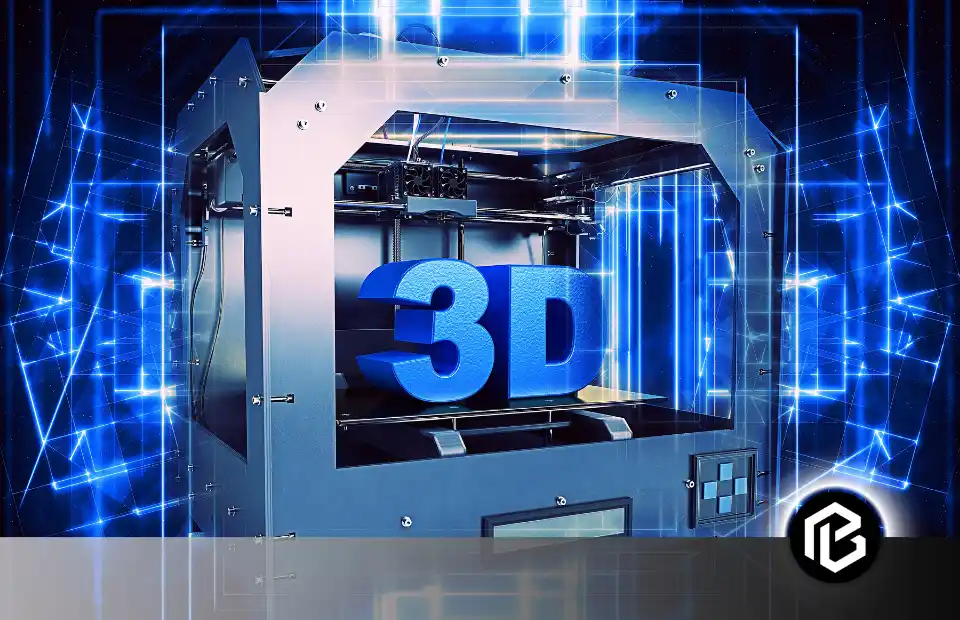A factor that never changes throughout human history is the need for personal freedom of travel. The automobile is one of the inventions that has completely allowed the greatest personal freedom of travel. It is a pivotal invention that redefined the way we move. We can hardly imagine life today without automobiles. We depend on these incredible inventions and tech Gadgets to make long journeys quickly and comfortably.
- Technology Society in The Industrial Ages
- The Invention Changes the World
- How did Granville Woods Improve the Telegraph?
- What Shows the Broad Scope of Thomas Edison's Work?
- How Did Henry Ford Affect the Automobile Industry?
- When Was the First Gasoline-Powered American Automobile Made?
- How the Invention of Automobiles Claimed Personal Freedom of Travel?
- What Are the Disadvantages of Henry Ford's Invention on Automobile
- How Automobiles Made America the Great Country
- History of Manufacture Automobiles: The Basic Car: Henry Ford and his T-Model
- Conclusion
- Frequently Asked Questions on Automobiles
Technology Society in The Industrial Ages
Agrarian societies have transformed into industrialized societies during the 18th and 19th centuries due to technological advancements. The industrial transformations that took place have reshaped the perspective of human existence.
1. Rise of Mechanization
The rise of mechanization has changed traditional manual labor into taking work with machines. This transition has revolutionized manufacturing processes, leading to increased efficiency and productivity.
2. Innovations in Transportation
Innovations in transportation have evolved the world by wrapping hours of travel within seconds. The advent of steam power revolutionized transportation during the Industrial Age. Innovations such as steam locomotives, ships, and railways crisscrossed nations have transformed the movement of goods and people and enabled efficient transportation of raw materials and finished products.
3. Impact on Agriculture
Technological advancements in agriculture have been a significant aspect of the industrial age. Technology in agriculture has increased efficiency, reducing the need for manual labor and enabling large-scale production. This shift profoundly affected the food supply and relieved a lot of effort and manual work.
The Invention Changes the World
The invention of automobiles has laid the foundation for the modern world. It has not only transformed the way goods are transferred but also reshaped social structures and global trade.

How did Granville Woods Improve the Telegraph?
Granville Woods, a well-recognized inventor of the 19th century, made significant contributions to the improvements of the telegraph. It has an indelible impact on long-distance communication. His ultimate focus was addressing critical telegraphy challenges and improving its efficiency and functionality.
One of the most notable inventions of Granville Woods was the Multiplex Telegraph. It is a device that allows multiple messages to be transmitted from one place to another simultaneously over a single wire. It has drastically increased the capacity and speed of telegraph communication. Before the improvement, telegraph lines could only transmit one message at a time. It has led to delays and multiple inefficiencies.
Granville Woods’ has not only enhanced the efficiency of existing telegraph systems but also laid the groundwork for advancements in telecommunications. It has revolutionized the future of long-distance communication technologies.
What Shows the Broad Scope of Thomas Edison’s Work?
Thomas Edison is one of the most brilliant inventors in history. The varied and ground-breaking body of work by Thomas Edison showcased the depth and breadth of his contributions to technology and creativity.
The invention of the magnificent light bulb by Thomas Edison is the most visible among his accomplishments. How people perceive their environments was drastically changed when he created an electric light bulb in 1879.
The phonograph was born out of Edison’s exploration of audio technology. The invention of the sound recording and reproducing mechanism was remarkable in the history of recorded music.
In addition to his many other accomplishments, Edison experimented in the film industry. He created the Kinetoscope, a device for showing early motion pictures in 1891.

Edison is an example of an inventor because his impact went much beyond light, voice, and visual narrative.
How Did Henry Ford Affect the Automobile Industry?
Henry Ford’s innovative impact on the automobile industry has upgraded every aspect of the industry forever. He introduced assembly line production, significantly minimizing production time and modernizing industrial operations. His innovation has positively affected efficiency, productivity, and the ability to produce multiple automobiles.
Even in terms of value, Henry Ford was ahead of the market. He reduced automobile costs and made them inexpensive for more people by automating production using assembly line practices. This innovative approach made automobiles more accessible to more people, transforming them from a luxury good into a need. Henry Ford is primarily remembered for his enormous impact on the widely accessible and budget-friendly costs of individual transportation.
When Was the First Gasoline-Powered American Automobile Made?
The first American gasoline-powered automobile, the “Duryea Automobile“, was produced by Charles and Frank Duryea. They constructed this gasoline-powered automobile in 1893. The brothers established the Duryea Motor Wagon Company, which made the first commercial autos. The first gasoline-powered automobile had an engine that consisted of a one-cylinder and four-horsepower.
How the Invention of Automobiles Claimed Personal Freedom of Travel?
The invention of automobiles empowered people to experience levels of autonomy and the ability to move that had never been possible. It has completely altered the nature of human freedom by unlocking new possibilities. This change has opened several essential factors:

Increased Mobility
Automobiles have freed people from the limitations of older forms of transportation, allowing them greater freedom of travel. People could travel whenever and wherever they want without experiencing restrictions by schedules or routes of public transport. It has allowed them to feel the peace of freedom and explore like never before.
Flexibility and Convenience
Automobiles provide exceptional convenience and flexibility compared to the public transportation system, which keeps people dependent on their fixed routes and schedules.
Time Efficiency
In ancient times, people traveled hours and hours to reach their destination. But with the invention of automobiles, the travel times have been highly reduced. This time-saving has enabled people to be more productive in other areas of life.
Independence from Public Transportation
The automobiles allowed a degree of independence that was impossible with the trains or buses.
Economic Opportunity
Automobiles enabled an era of better economic opportunities for people and companies. Economic expansion has resulted due to the efficient and effective transportation of goods and services.
What Are the Disadvantages of Henry Ford’s Invention on Automobile
Besides the multiple positive impacts of Henry Ford’s Invention of the automobile, there are numerous problems and drawbacks:
The increased emissions caused by the mass production of automobiles hurt the environment. Assembly line production has dramatically reduced the demand for skilled workers. It has resulted in excellent job displacement. While the innovation of automobiles has led to travel freedom, on the other hand, it has caused many challenges in traffic flow management. More cars on the road means more chances of accidents and other incidents.
How Automobiles Made America the Great Country
The development of automobiles was a turning point in the history of the United States. The impact of automobiles on the country has modernized its infrastructure, social transformation, and economic growth.
Automobiles have contributed to highly boosting America’s economy. Moreover, the country’s infrastructure, such as roads, highways, and bridges, has developed to accommodate the more significant number of automobiles. Its invention was rooted in the sense of freedom in individuals to roam, discover, and experience outdoors. In addition, the production methods and design have boosted the country’s technological advancement.

History of Manufacture Automobiles: The Basic Car: Henry Ford and his T-Model
The T-Model was the game changer in the car world, and how it was put together changed the game for the manufacturing world.
The T-Model was the first motorized vehicle an average family could afford to own. Introduced in 1908 by Henry Ford’s Ford Motor Company, Americans lined up to buy it. At first, it was a challenge to meet demand for the car and keep prices low.

Initially, they bring all the parts together and merge into a vehicle. So, it’s like a team of people working on one car. They’re trying to find ways of building these cars more quickly, efficiently, and cheaply so you can drive the cost down.
Henry Ford needed to find a better way to build the T-model. After much time and trial and error, the secret to the T-Model’s success was Henry Ford’s implementation and near perfection of the assembly line.
The assembly line is the mass production process where a product, such as a car, is built systematically. One section at a time as a mechanically moves from one specialized worker to another, with new parts attached until the vehicle is finally completed; building the T-Model using the assembly line process meant Ford had to hire thousands of people.
A worker for each part on the line. And there are a lot of parts to a model team. Assembly line labor was tedious, and turnover was high. So, to attract the best workers, Henry Ford became the first manufacturer to offer employees up to five dollars a day. Not just that, he cut shifts from nine to eight hours per day, five days a week, instituting the 40-hour work week.
All these innovations paid off. The Model T became the most influential car in automobile history. The official number of 15 million T-Models were produced. That’s a lot of vehicles. It is a lot of cars.
Conclusion
In conclusion, the invention of automobiles is the beacon that allowed the most significant personal freedom of travel. From the ancient ages to the present day, the impact of this intention has changed the perception of social, technological, and personal lives. It is a symbol of liberation that connects people and cuts off the boundaries that once constrained our traveling.
Frequently Asked Questions on Automobiles
How did automobiles change personal travel?
Before automobiles, personal travel was limited to walking, riding horses, or using carriages. With the invention of automobiles, individuals gained the ability to travel much faster and farther, revolutionizing personal mobility.
What impact did automobiles have on society?
The widespread adoption of automobiles dramatically transformed society by enabling faster and more convenient transportation. It led to the development of suburbs, changed the nature of commerce, and facilitated the growth of the tourism industry, among other effects.
What role did automobiles play in shaping modern infrastructure?
The widespread adoption of automobiles spurred the development of modern transportation infrastructure, including highways, bridges, and tunnels. This infrastructure continues to evolve to accommodate the growing number of automobiles on the road.
How have automobiles evolved since their invention?
Since their invention, automobiles have undergone significant technological advancements, including improvements in safety, efficiency, and sustainability. This includes the development of electric and autonomous vehicles, which represent the future of personal transportation.





